Back in Time, Part 6: 5.9L Common-Rail Cummins Vs. Duramax
Since re-setting the standard with its first Cummins-powered truck in ’89 and seemingly locked in a perpetual back and forth with Ford, it was clear by 2004 that Dodge would never be content with second place in the torque war. After Ford edged out the common-rail 5.9L Cummins’ 555 lb-ft with its brand-new 6.0L Power Stroke (rated at 560 lb-ft) in ’03, Dodge was ready to start leaning on its new engine platform the very next year. For 2004, the 5.9L was coined the “Cummins 600” and, you guessed it, it packed 600 lb-ft of torque. This made Dodge the first truck manufacturer to reach the 600 lb-ft benchmark.
Ford and Navistar did bump up the 6.0L Power Stroke’s torque figures from 560 lb-ft to 570 lb-ft for the ’05 model year, but by then it didn’t matter. By ’05 the Cummins 600 had already become the “Cummins 610.” At this point, the Power Stroke name began to trail off, and wouldn’t return to the top of the standings until 2011. However, GM was busy preparing the Duramax for domination. After swelling the LLY Duramax’s torque numbers from 520 lb-ft to 590 lb-ft following Dodge’s Cummins 600 announcement, the early ’06 version of the LLY came with 605 lb-ft.
But the General wasn’t finished. The ’06 LLY Duramax was essentially an LBZ in disguise, and once the “official” LBZ took over in mid ’06, diesel-powered Chevy and GMC HD’s ruled the roost thanks to a 360hp, 650 lb-ft rating (40 more lb-ft than Cummins and a whopping 80 lb-ft more than Ford’s Power Stroke). For the low-down on the engines that reigned supreme during the mid-2000’s, keep scrolling. And stay tuned for Part 7, where more emissions controls and larger displacement engines enter the picture.
| Specs | ’04-’04.5 5.9L Cummins | ’04.5-‘05 LLY Duramax | ‘06 LLY, LBZ Duramax |
|---|---|---|---|
| Configuration | I6 | V8 | V8 |
| Displacement | 359 ci | 403 ci | 403 ci |
| Bore | 4.02 inches | 4.06 inches | 4.06 inches |
| Stroke | 4.72 inches | 3.90 inches | 3.90 inches |
| Compression Ratio | 17.2:1 | 17.5:1 | 16.8:1 |
| Block | Cast-iron | Cast-iron | Cast-iron |
| Rods | Forged-steel, cracked cap | Forged-steel, cracked cap | Forged-steel, cracked cap |
| Pistons | Cast-aluminum | Cast-aluminum | Cast-aluminum |
| Head(s) | Cast-iron with six head bolts per cylinder | Cast-aluminum with six head bolts per cylinder | Cast-aluminum with six head bolts per cylinder |
| Valvetrain | OHV, four valves per cylinder, single cam | OHV, four valves per cylinder, single cam | OHV, four valves per cylinder, single cam |
| Injection System | Bosch high-pressure common-rail, direct injection | Bosch high-pressure common-rail, direct injection | Bosch high-pressure common-rail, direct injection |
| Turbocharger | Holset HE341CW (‘04), Holset HE351CW (’04.5) | Garrett GT3788VA VVT | Garrett GT3788VA VVT |
| Intercooler | Air-to-air | Air-to-air | Air-to-air |
| Emissions | N/A (‘04), diesel oxidation catalyst (’04.5) | Exhaust gas recirculation (EGR), diesel oxidation catalyst (DOC) | Exhaust gas recirculation (EGR), diesel oxidation catalyst (DOC) |
| Horsepower | 325 hp at 2,900 rpm | 310 hp at 3,000 rpm | 310 hp at 3,000 rpm (’06 LLY), 360 hp at 3,200 rpm (LBZ) |
| Torque | 600 lb-ft at 1,600 rpm (‘04), 610 lb-ft at 1,600 rpm (’04.5) | 520 lb-ft at 1,600 rpm, 590 lb-ft at 1,600 rpm | 605 lb-ft at 1,600 rpm (’06 LLY), 650 lb-ft at 1,600 rpm (LBZ) |
The “Cummins 600” (‘04)
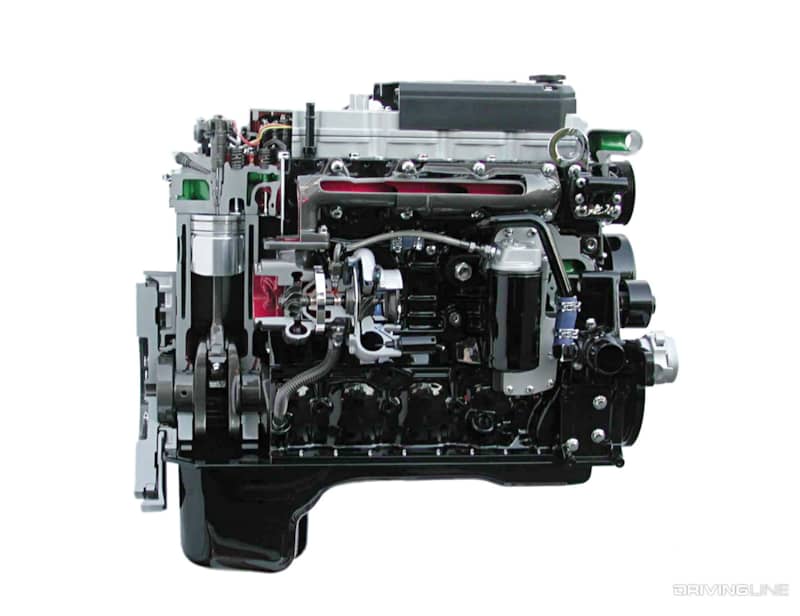
Giving Ford very little dwell time atop the horsepower and torque chart with its 6.0L Power Stroke, Dodge released the all-new “Cummins 600” engine option in 2003 for ’04 model Ram 2500 and 3500’s. Known as the new high output mill (the 305hp, 555 lb-ft version was now the standard option), it matched the Power Stroke’s 325 hp, but effectively blew it out of the water in the torque department. The 600 lb-ft rendition of the common-rail 5.9L achieved peak twist at 1,600 rpm. Then, and as has been the case in recent years, Dodge and Cummins threw another 10 lb-ft at the H.O. 5.9L for the ’04.5 model year (with 610 lb-ft checking in at the same 1,600 rpm).
The “Cummins 610” (‘04.5)
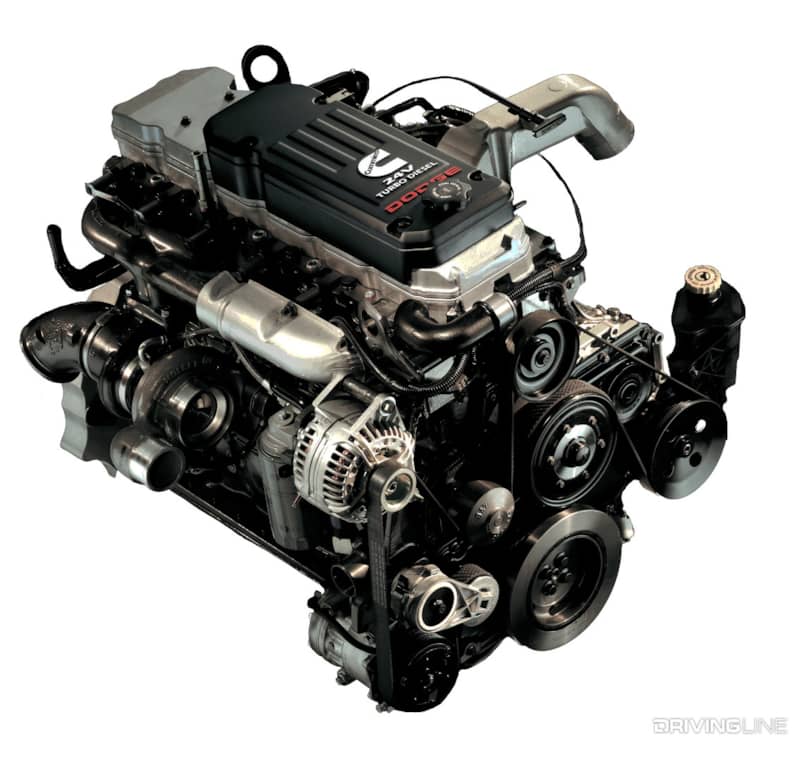
While the Cummins 600 had been 50-state legal in terms of emissions, the Cummins 610 had to be reworked in order to meet the new standards that went into effect January 1, 2004. To clean up combustion, the Bosch fuel injector nozzles went from 8-hole to 5-hole, the spray angle from 143-degrees to 124-degrees and a third injection event (per combustion cycle) called “post” injection was added. The latter changes called for revised fuel bowls in the pistons and different ECM calibrating.
HE341CW Vs. HE351CW
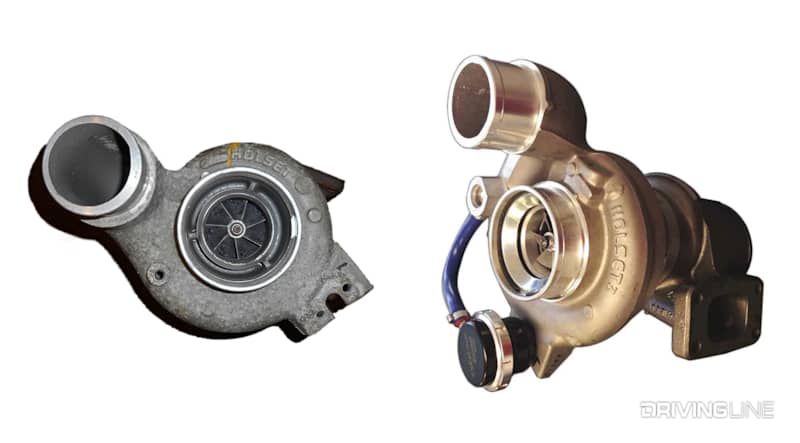
Another key change, which was required to meet new emission standards but that helped support the more powerful 610 engine, was the Holset HE341CW turbo being traded in for the HE351CW. The primary difference between the two chargers existed in the compressor wheel size and the method of actuating each unit’s wastegate. The earlier HE341CW’s internal wastegate was mechanically actuated, while the HE351CW’s was done electronically (for more precise balancing of the boost-to-drive pressure ratio). The HE351CW’s compressor wheel was also 2mm larger (58mm at the inducer), though the same 9cm2 (0.65 A/R) exhaust housing and 58mm exducer turbine wheel was used.
’04.5-’05 LLY Duramax
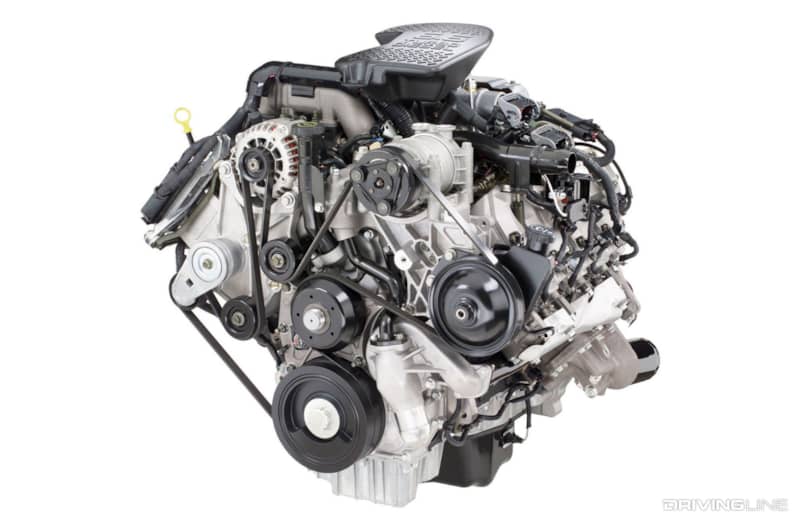
Released for ’04.5 model year GM HD trucks, the LLY Duramax arrived with all the prerequisites to meet the EPA’s new emission standards. It employed exhaust gas recirculation to keep NOx down, a variable geometry turbocharger to help curb particulate matter pollutants, a diesel oxidation catalyst and debuted with 310 hp and 520 lb-ft of torque. Upon hearing of Dodge’s announcement for the Cummins 600, GM got to work ramping up torque from its second-generation Duramax and ended up with 590 lb-ft at the flywheel.
VVT Turbo
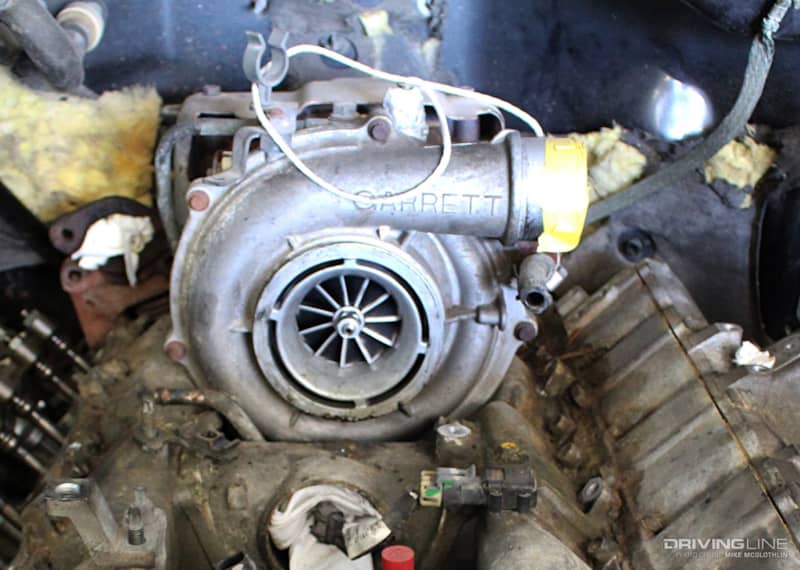
Quicker response, lower tailpipe emissions and an all-around improvement in drivability were the high marks of the LLY’s being graced with a variable vane turbo (or VVT). Sourced from Garrett, the LLY-spec version of the GT3788VA employed the largest compressor any Duramax has seen to date: an 11-blade wheel with a 62.6mm inducer. Within the turbine housing, it was also equipped with the tallest exhaust vanes of any Duramax turbo (15mm), aiding high-rpm exhaust flow.
’06 LLY Duramax
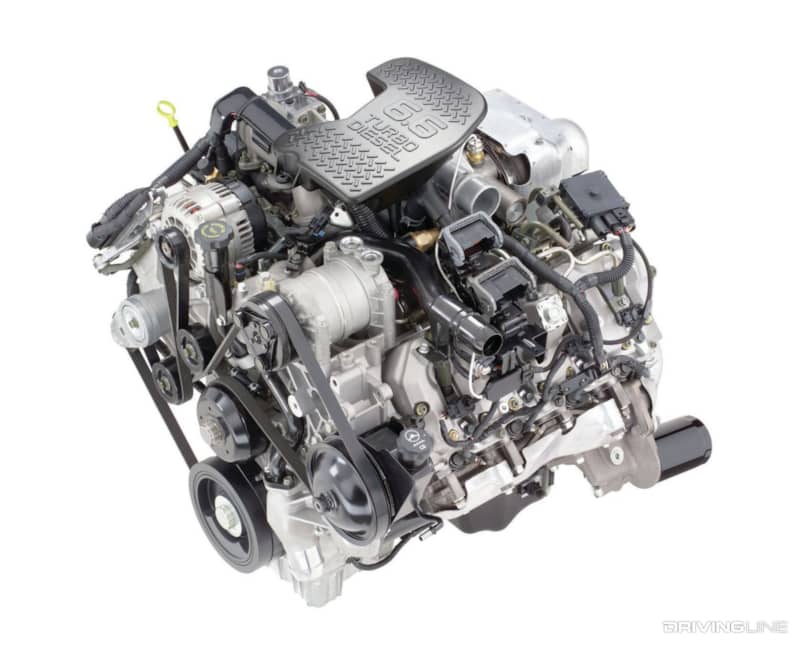
The first thing you need to know about the ’06 LLY is that it was basically an early LBZ that’d been detuned from the factory—the LBZ of course being the third-generation Duramax that would debut later in the ’06 model year. Other than having an ECM calibration that limited its output to 310 hp and 605 lb-ft of torque, there is no other substantial difference between an ’06 LLY and an ’06 LBZ. Essentially being an LBZ means that the ’06 LLY was privy to thicker casting in the main bearing areas of the block, as well as taller main bearing caps and the corresponding longer main cap bolts.
LBZ Rods
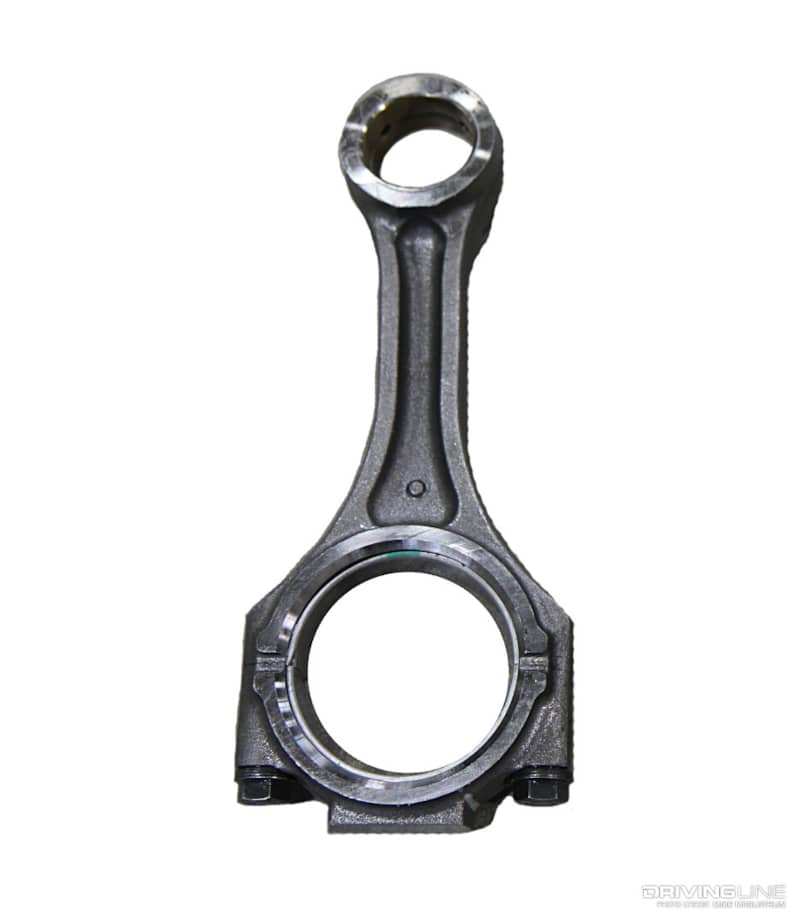
In addition to the reinforcement found in the main bearing region, the ’06 LLY benefitted from stronger connecting rods than what was found in LB7 and early LLY mills (’01-‘05). The forged-steel, fractured cap I-beam rod is only 18 grams heavier than its predecessor yet is believed to be capable of handling 200 lb-ft more than what the LB7 and early LLY rods can endure. Cast-aluminum, 16.8:1 compression pistons attached to the rods via smaller wrist pins than what were employed in earlier engines, however.
26,000 PSI
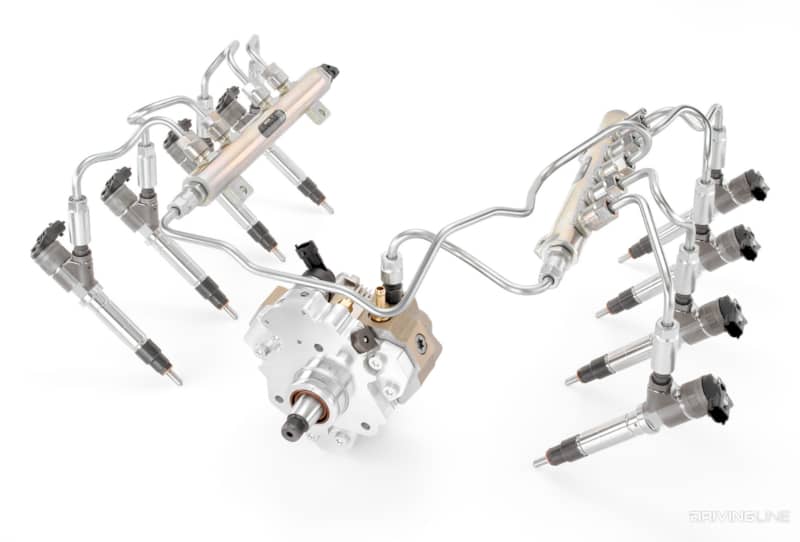
Working toward meeting future emission regulations as well as higher horsepower and torque targets, the ’06 LLY’s high-pressure common-rail fuel system received an improved Bosch CP3 pump. The new pump was capable of flowing 195-lph and producing 26,000 psi worth of injection pressure, vs. 23,000 psi on LB7 and early LLY engines. This same CP3 would be a part of the Duramax’s fuel system on the LBZ and the LMM that followed it (’06- ‘10).
Advanced Injectors
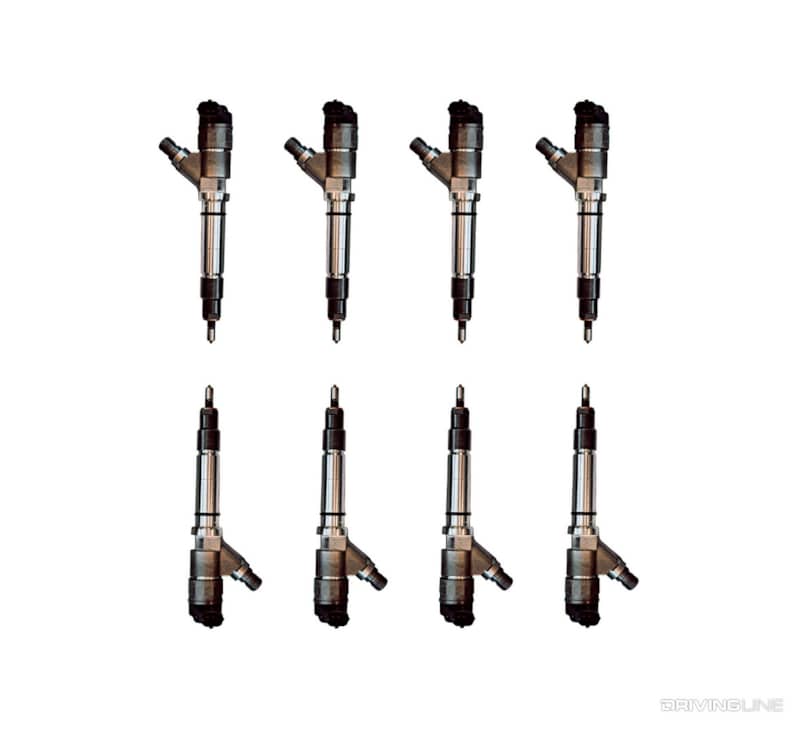
Complementing the updated CP3 were reworked common-rail fuel injectors. Like early LLY’s, they were accessible without pulling the valve covers, and were equipped with larger bodies and 7-hole nozzles. The combination of the 7-hole nozzle design, slightly different spray angle and higher injection pressures on tap resulted in improved in-cylinder atomization, less particulate matter and higher power figures.
Six-Speed Allison 1000 Option
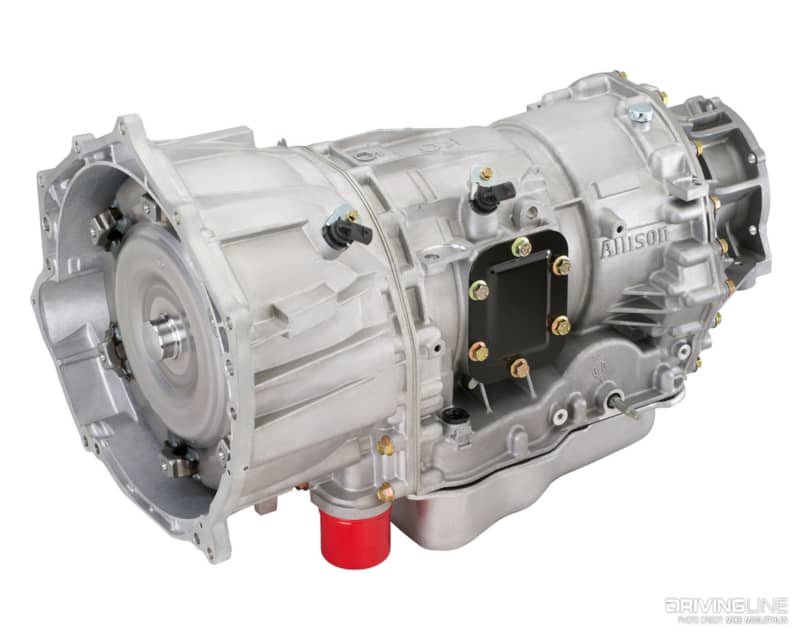
The late LLY could also be optioned with the all-new six-speed version of the Allison 1000 automatic (up to that time, it had been a five-speed transmission). Cross-town rival Dodge might’ve had the slight edge over the ’06 LLY in torque production thanks to the Cummins 610, but the four-speed 48RE automatic was ancient when compared with the heavy-duty, double overdrive Allison.
LBZ: The Diesel Overlord
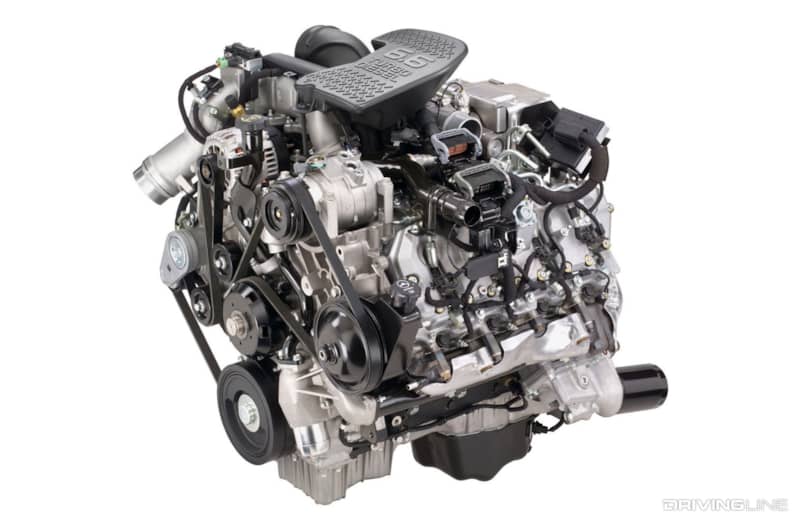
This is the engine that toppled Dodge’s short-lived dominance in the torque war: the LBZ Duramax. Concealing the same durable internals in the aforementioned ’06 LLY engine, the LBZ benefitted from an ECM calibration which yielded 360 hp and a whopping 650 lb-ft of torque right from the factory. GM would be able to keep its 6.6L diesel at the top of the food chain, in both LBZ and later LMM form, for five successive model years.
Ever wondered how much abuse the Duramax diesel can handle? Check out our Threshold for Pain series to find out which 6.6L is the toughest of the bunch.











